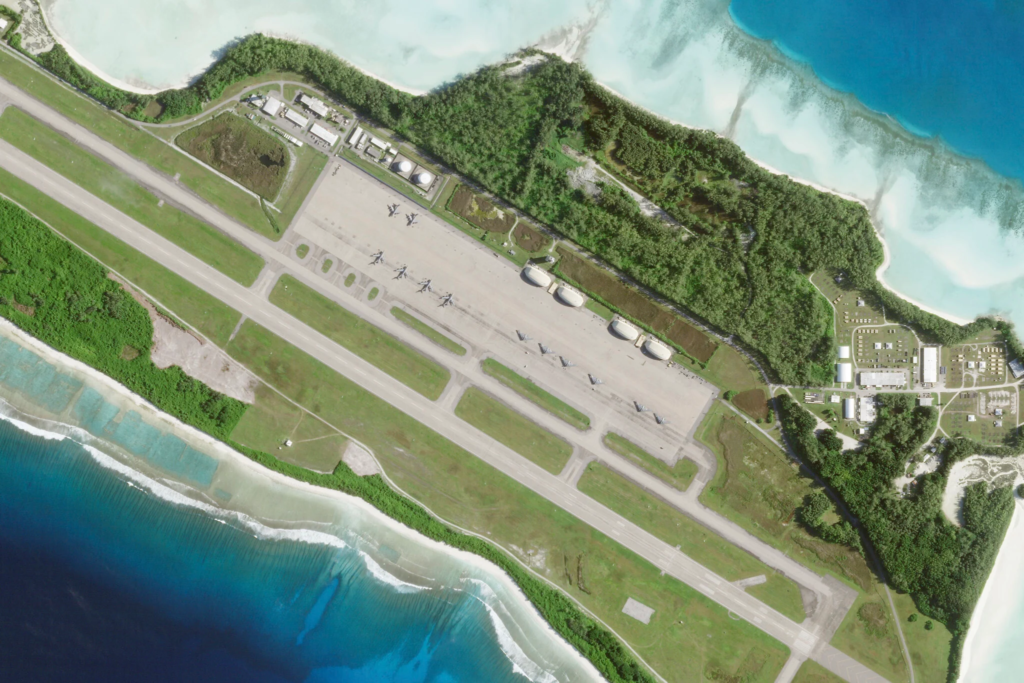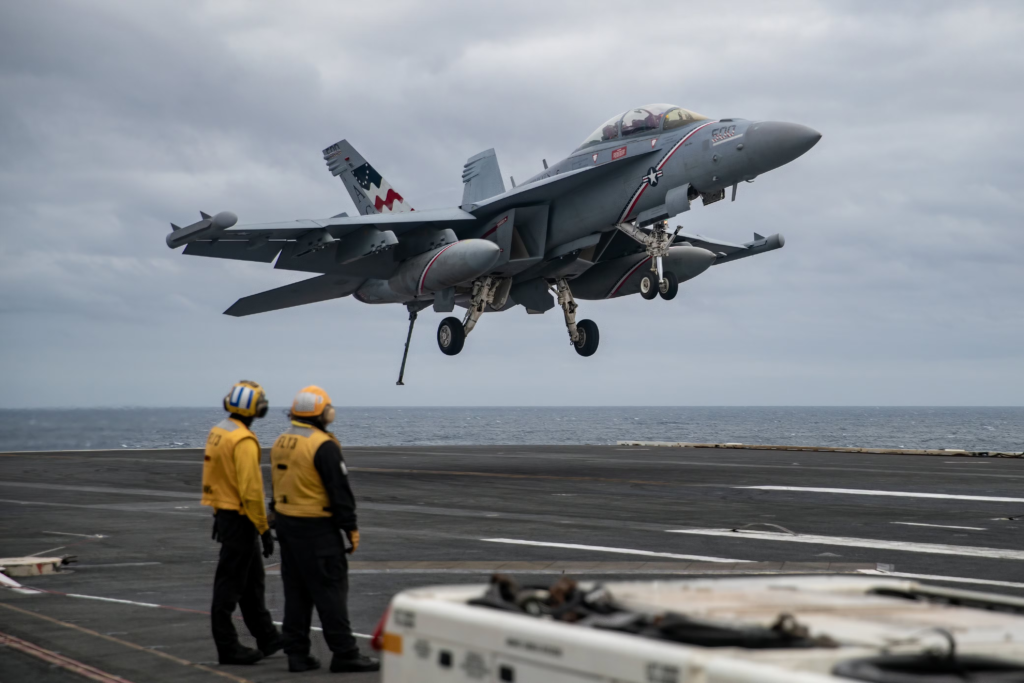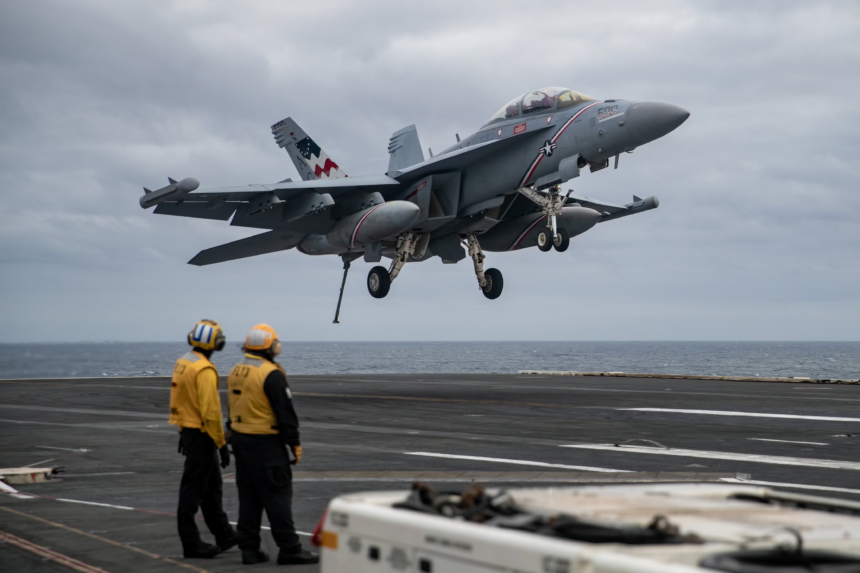Introduction
In a high-profile strategic shift, the US military recently replaced its deployed B-2 stealth bombers in the Middle East. As regional tensions continue to rise—particularly involving Iran and regional militias—this change signals a recalibration of American aerial presence and deterrence posture. Why did the Pentagon make this move? Here are the top five reasons behind the redeployment and what it could mean for future defense operations.




1. Maintenance and Readiness Concerns
The B-2 Spirit is one of the most advanced aircraft in the US arsenal, but it also demands an intensive maintenance schedule. With only 20 B-2s in service, the Pentagon must ensure each unit is kept in top operational condition. The current rotation out of the Middle East likely reflects a need for extended maintenance and modernization at home bases in Missouri and elsewhere.
2. Strategic Shift Toward B-1 and B-21 Bombers
The US Air Force is gradually phasing out older aircraft as it prepares for the introduction of the next-generation B-21 Raider. Meanwhile, B-1 Lancer bombers—though less stealthy—offer greater payload capacity and have been redeployed to fill the temporary gap. This could signal a bridging strategy until the B-21 becomes fully operational by the end of the decade.
3. Evolving Threat Landscape in the Middle East
The nature of threats in the Middle East has shifted from state-to-state confrontations to more asymmetric warfare. Drones, ballistic missile attacks, and militia groups require a different response strategy. High-profile aircraft like the B-2 may be less useful in these scenarios compared to more agile platforms or unmanned systems that offer persistent surveillance and strike options.
4. Cost Considerations and Operational Efficiency
Flying and maintaining B-2 bombers is extremely costly, with some missions costing millions per flight. Given budget pressures and shifting global priorities—including growing attention to the Indo-Pacific—military planners may have decided the B-2’s deployment was not the most efficient use of resources.
5. Tactical Flexibility and Strategic Messaging
Replacing B-2 bombers may also be a messaging tactic. By rotating assets, the US demonstrates it can project power with flexibility. Deploying different types of bombers keeps adversaries uncertain about America’s full capabilities, while maintaining credible deterrence without overcommitting high-value assets.
Conclusion
The withdrawal of B-2 bombers from the Middle East doesn’t mean the US is backing down. Instead, it reflects a deliberate recalibration of air power based on readiness, cost, strategic messaging, and evolving threats. With B-1 bombers stepping in and the B-21 on the horizon, the Pentagon continues to balance legacy strength with modern adaptation. Expect more such moves as the US repositions itself for emerging global challenges.
Want to learn more about America’s evolving military footprint? Read our latest update on US troop movements in the region.









